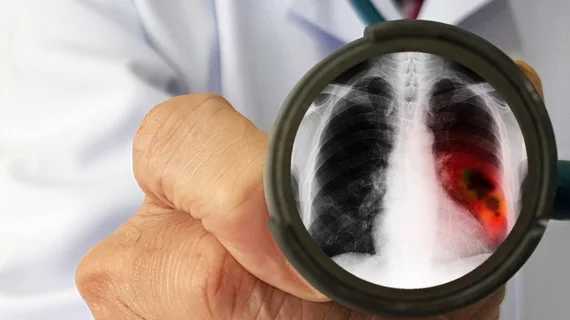Oncologists warn of ‘significant’ incidental findings, unrelated to primary cancer, on treatment planning CT
Radiation oncologists are warning about the possibility of “significant” incidental findings on treatment-planning CT scans, unrelated to the primary cancer.
These instances are likely rare and often do not produce a lump, associated pain or other symptoms. However, they may represent “major” clinical findings and likely necessitate additional imaging or other testing, experts wrote in the International Journal of Radiation Oncology.
To underline their concerns, providers with Creighton University Medical Center reviewed 115 patients who underwent CT for routine radiotherapy planning at the Omaha, Nebraska, hospital between 2017-18. They discovered four incidental abnormalities, including three neoplasms and one benign finding.
“The four case reports stated in this article demonstrate that although rare, there are malignancies/abnormalities unrelated to the primary cancer that could be missed in the CT planning process,” Cam Nguyen, MD, with Creighton’s Division of Radiation Oncology, and co-authors wrote Oct. 22. “We therefore recommend that radiation oncologists take charge of this issue and implement a method of proper interpretation of CT simulation images by either the radiation oncologists responsible for the case or designated diagnostic radiologists to ensure that incidental findings are not missed.”
Primary diseases among the study population included brain tumors (9%) along with cancers of the head and neck (13%), lung (26%), breast (30%) or prostate (22%). Meanwhile, the neoplasms highlighted in the review were hepatocellular carcinoma, thyroid cancer and adrenal adenoma, while the benign finding was extensive eventration of the left hemi-diaphragm. All four patients received follow-up diagnostic imaging and “proper referral,” according to the study.
Nguyen et al. noted that therapy planning scans are typically performed in the radiation oncology department and stored on the RO server and not the radiology PACS server. It is currently unknown what percentage of such specialists check the CT planning scans for other findings. But the authors recommended the use of quality insurance checklists that include this step.
“We believe that proper interpretation of CT simulation images for incidental findings should be part of the QA checklist in a modern RO department,” the authors concluded.

